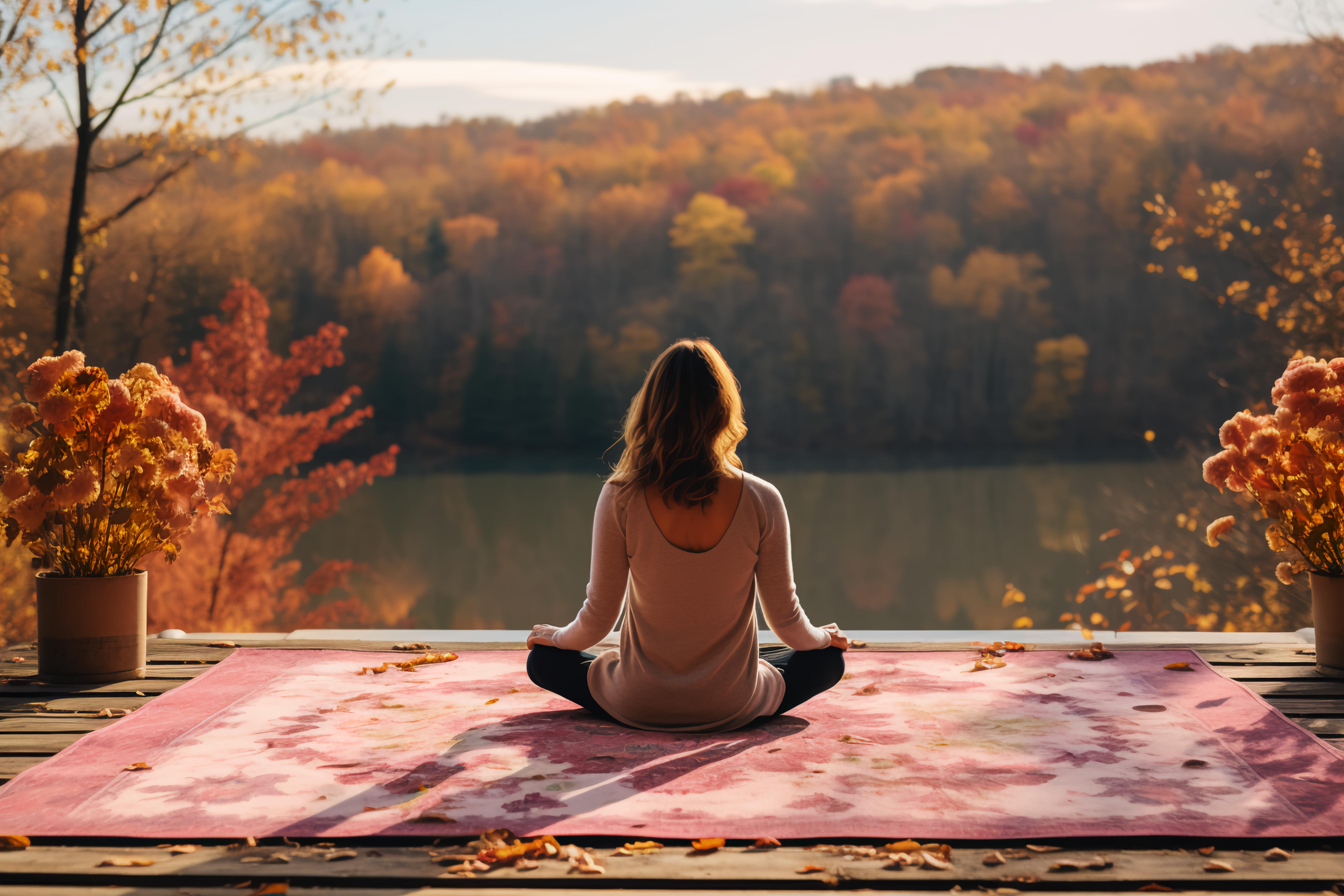Meditation Techniques for Beginners
Life can be overwhelming. To calmly wade through the rough waters, you may need to find a spiritual practice to keep you grounded and help you reduce your mental stress load. This is where meditation comes in.
The practice has become popular in recent times and is often associated with the Buddhist tradition. However, it has been around for centuries.
Granted, it can seem complex for a beginner. But it’s doable. If you’ve been looking to try out meditation and wondering about where to begin, you’ve come to the right place.
This article highlights quick and easy meditation techniques you can incorporate into your life, especially for beginners.
Basic Meditation Techniques You Can Explore for Quality Life
Before you start your meditation practice, you must first decide whether you want to pursue a guided or unguided flow. However, all methods are typically learned from guided sessions. Here are techniques you can explore:
Focused Attention
To do this technique correctly, you should set and train your mind to the tune of your breath work. Your brain is always processing something. This can cause your mind to drift away often during the practice. For you to maintain focus and center your attention, it's best to anchor your brain to the flow of your breath.
While you’re often advised to follow your breath, you can choose to concentrate on different objects depending on your preference. You can chant a mantra, count beads, or even stare at a candle.
Just ensure that your focus doesn’t wander away from your object of attention. As a beginner, you can start slowly with sessions of about 5 minutes long and scale the duration as your attention span improves.
Noting
What’s going through your mind? This is the basis of the mindfulness technique, which is also commonly noting. The method involves acknowledging the thoughts and feelings distracting your mind, letting them go, and waiting to see what emotion comes next.
By practicing mindfulness, you can get to learn more about your personality. The technique, over time can reveal your conditioning, patterns, and tendencies. It also allows you to be in the now and create harmony and balance with your inner self.
Loving Kindness
This form of meditation is rooted in compassion. It encourages you to direct positive feelings of love, joy, and kindness to yourself and others to help find balance with your inner self.
The ripple effect is the creation of a more positive outlook in life and the elimination of negative thoughts from your mind. If you’re finding it hard to forgive and heal from traumatic experiences, this technique may be the best solution for you.
Mantra Meditation
If you want to unlock the power of manifestation and improve your connection with yourself, using mantra meditation is a good option. The daily challenges of life can make you feel lost and even forget what happiness feels like. This technique helps you to reconnect with yourself through a mantra.
Often linked to the yoga tradition, mantra meditation involves creating a tag line or affirmation that matches your intention. You then find a comfortable sitting posture and repeat it in your head in tandem with your breath.
This helps gear your mindset to whatever you want to achieve. The mantra you set is unique to your situation. Find one that you can closely relate to and watch as you manifest your desires and live the life of your dreams.
Body Scanning
Are you looking to heighten your body awareness, become more still and promote calmness? Then, the body scan technique is a smart choice.
It helps you to identify the stresses in your body by performing a mental scan starting from your toes to the top of your head. Your body can try to protect you from the daily stress that life can throw at you through dissociation.
Body scanning allows you to re-sync your body and mind. To correctly do this, you need to allow yourself to feel all sensations and breathe through the discomfort.
Visualize the hurt escaping your body as you exhale. This helps you to acknowledge any hurt or pain. It also reduces overall body tension and promotes relaxation.
Visualization
This form of meditation involves creating mental images of an object or a person in your mind. The picture you imagine then becomes your center of focus in place of your breath flow.
By doing this, you’re able to still your mind and reduce the tensions in your body as your brain focuses on any physical sensations you may feel. The perfect recipe for a calm nervous system and improved relaxation.
Walking Meditation
If you’re unable to sit still through a meditation session, this technique might be the best option for you. However, for it to work correctly, you must perform the activity in silence, as it evokes all your senses.
What can you hear? What do you see or smell? Don’t rush. Feel the ground. Movement helps you maintain focus on the present and free your mind from worry. All this works to promote relaxation and reduce tension.
You can combine this method with the focused attention technique for optimal results. Simply breathe in and out as you make each step to create a steady pattern that enhances mindfulness.
Harness the Power of Meditation by Training Your Mind
Incorporating meditation into your lifestyle takes time and requires intention. Because of this, it’s essential that you’re not too hard on yourself. Start slow and gradually scale the duration and complexity to ensure that you stay in it for the long haul and avoid burnout.
Meditation experts suggest that it can take anywhere between 5 to 6 months of consistent sessions to get the hang of this practice. But once you become a pro, it’ll come as naturally to you as your breath.
So, why wait any longer? The practice is guaranteed to improve your life quality. From improved sleep patterns to enhanced mental clarity. Decreased anxiety to reduced blood pressure. The benefits are endless.
Embark on the journey today and build a healthy environment where you just don’t survive but thrive. Happy meditation!


